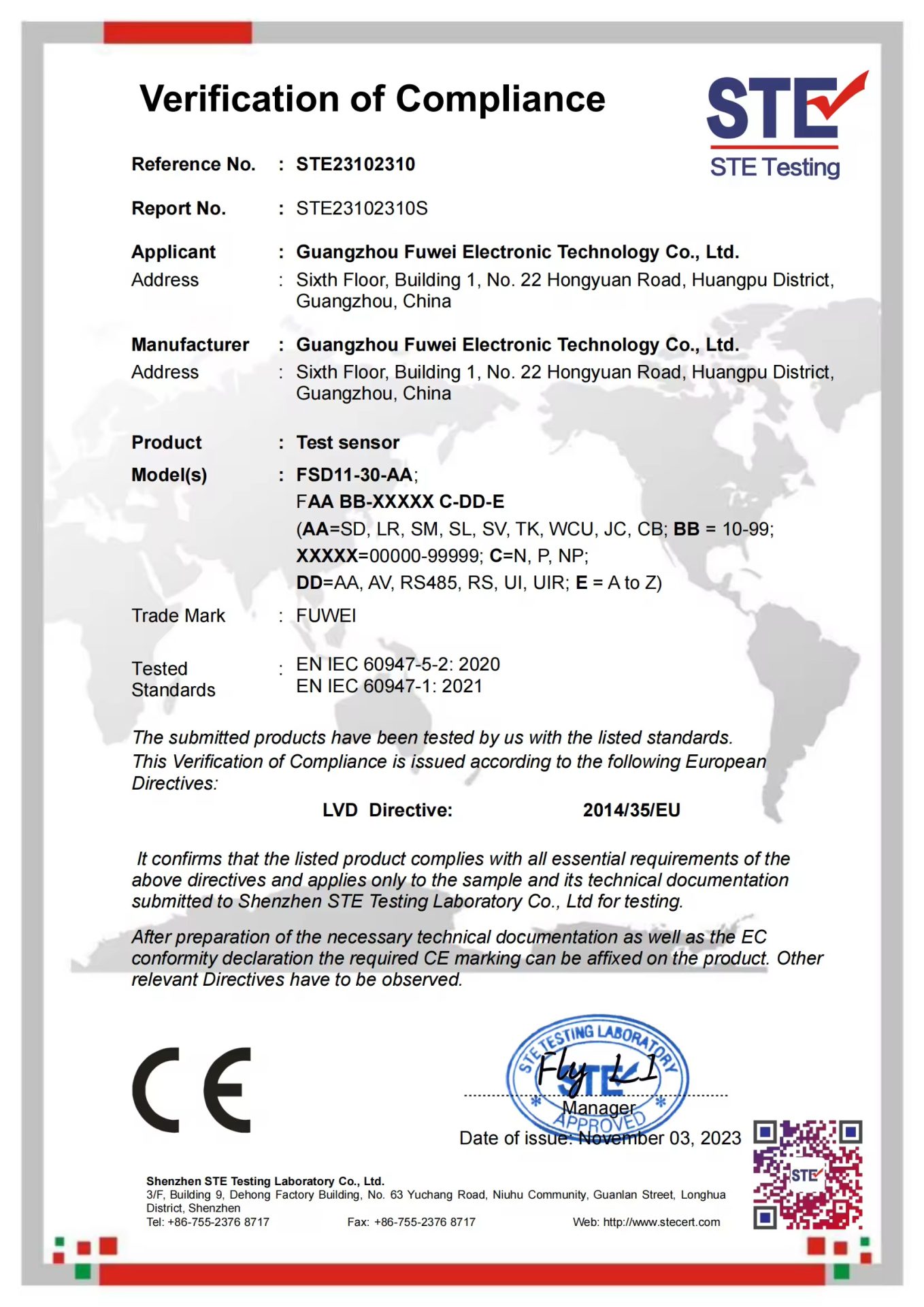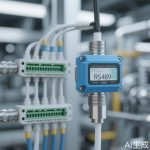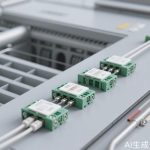In the rapidly evolving landscape of technology, sensors have become the unsung heroes of modern innovation. From smart homes and industrial automation to healthcare and environmental monitoring, these tiny devices play a critical role in collecting data that drives decision-making and efficiency. However, one often overlooked aspect is sensor lifetime—the duration a sensor remains functional and accurate before requiring replacement or recalibration. Understanding and maximizing sensor lifetime is not just a technical concern; it is a strategic imperative for sustainability, cost management, and operational reliability.
Sensor lifetime refers to the operational lifespan of a sensor, influenced by factors such as environmental conditions, usage patterns, manufacturing quality, and maintenance practices. In industries where sensors are deployed in harsh environments—think extreme temperatures, humidity, or corrosive substances—the lifetime can be significantly shortened. For example, in agricultural IoT systems, soil moisture sensors exposed to constant dampness and chemical fertilizers may degrade faster than those in controlled settings. Thus, investing in robust, high-quality sensors designed for specific conditions can dramatically extend their usability, reducing long-term costs and minimizing waste.
Beyond durability, the economic implications of sensor lifetime are profound. Frequent sensor replacements not only incur direct costs for new devices but also indirect expenses related to downtime, labor, and system recalibration. In large-scale deployments, such as smart city infrastructure or manufacturing plants, these costs can escalate quickly. By prioritizing sensors with longer lifespans or implementing predictive maintenance strategies, organizations can achieve substantial savings. Predictive maintenance, powered by AI and data analytics, allows for timely interventions before sensors fail, ensuring continuous operation and optimizing resource allocation.
Sustainability is another critical dimension. In an era focused on reducing electronic waste (e-waste), extending sensor lifetime aligns with global environmental goals. The production and disposal of sensors consume resources and contribute to pollution. By choosing durable, repairable, or upgradable sensors, companies can minimize their ecological footprint. Moreover, innovations in energy-efficient sensors, such as those powered by energy harvesting techniques (e.g., solar or kinetic energy), further enhance longevity while promoting green technology. This dual benefit of cost savings and environmental responsibility makes sensor lifetime a cornerstone of sustainable business practices.
Technological advancements are also paving the way for longer sensor lifetimes. For instance, the development of self-calibrating sensors reduces the need for manual interventions, while improvements in materials science—like using graphene or other nanocomposites—enhance resistance to wear and tear. In the healthcare sector, implantable medical sensors with extended lifetimes reduce the frequency of invasive procedures, improving patient outcomes and comfort. These innovations highlight how focusing on sensor lifetime can drive progress across diverse fields, from consumer electronics to life-saving applications.
Ultimately, maximizing sensor lifetime requires a holistic approach. This includes selecting the right sensors for specific applications, implementing regular maintenance schedules, leveraging data for predictive insights, and staying updated with technological trends. As sensors continue to permeate every aspect of our lives, their longevity will play a pivotal role in shaping efficient, sustainable, and resilient systems. By prioritizing sensor lifetime, we not only enhance operational efficiency but also contribute to a smarter, greener future.




Leave a Message